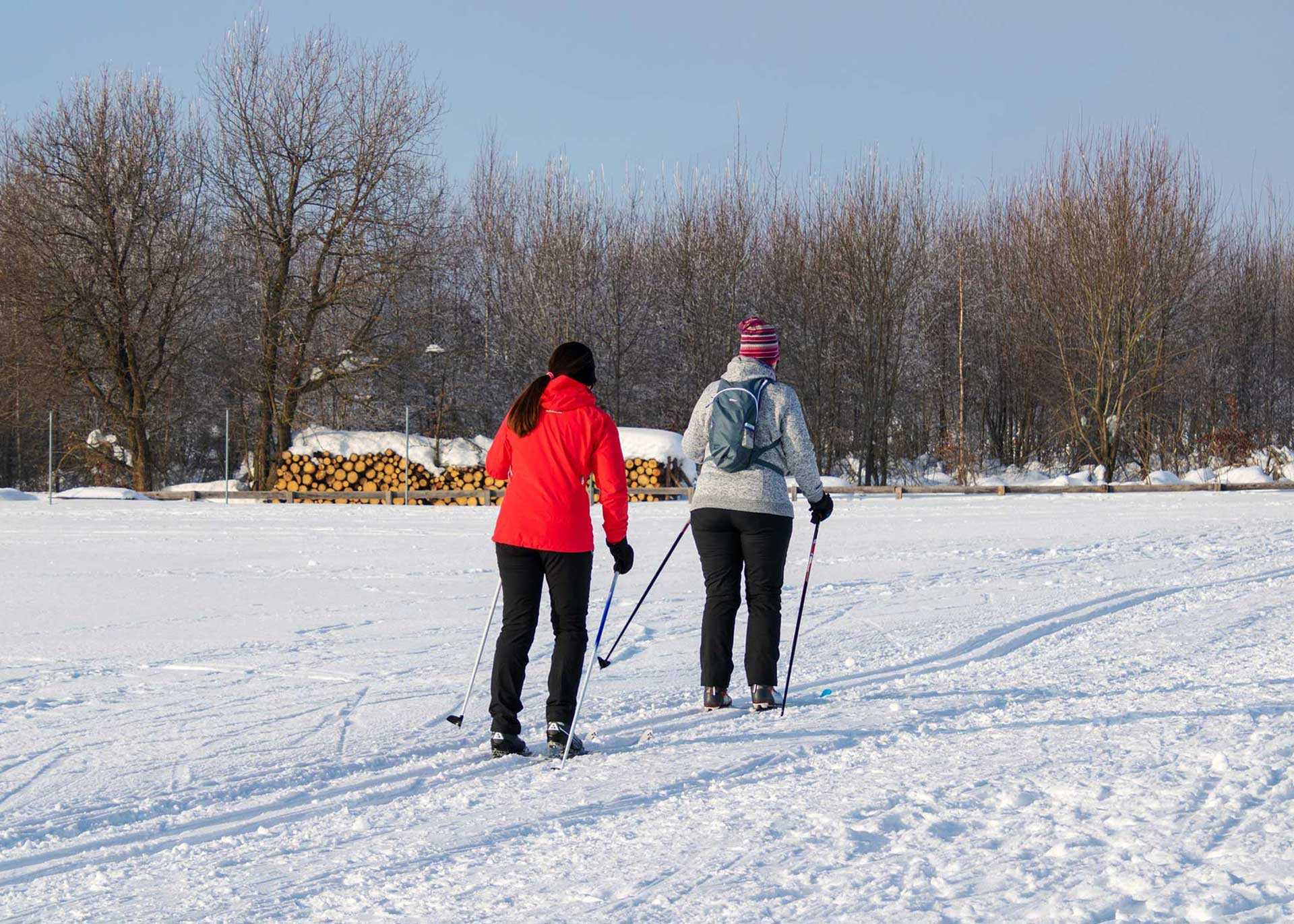How to find motivation to exercise
Researchers have investigated how digital tools can contribute to good and lasting exercise habits and lifestyle changes.

What is it that motivates us to exercise?
For some, it's to become stronger, more enduring or slimmer. Some enjoy being with others or want a daily dose of fresh air.Many people find that exercise gives them a sense of well-being, because the body secretes good hormones. It can reduce stress, and it's common to feel happier when exercising.
We spend too much time sitting still
According to the Norwegian Institute of Public Health, regular activity reduces the risk of cardiovascular disease, stroke, high blood pressure, type 2 diabetes and several forms of cancer.
When you become an adult, you need to motivate yourself a little extra to maintain good habits. Many children and young people participate in organized sports in clubs and teams. But most drop out of organized sports before the age of 18. After that, people go to the gym or work out on their own.
But we still sit still too much.Researchers want to find out how digital tools can contribute to good and lasting exercise habits and lifestyle changes.
Difficult to include representative people in studies
Previous studies have shown mixed results. It has been difficult to recruit people who are not too young or too fit. Researchers want the results to be relevant to the average person.- That's why we created this study. We divided people into three groups to find out which digital interventions had the best effect, says researcher Unn Sollid Manskow at the Norwegian Center for E-health Research.
The research group recently published its first scientific article in the journal Frontiers in Public Health.
Recruited 183 northerners
In the study, the researchers recruited 183 people between the ages of 18 and 55 from Troms and Finnmark counties. One criterion for participation was that they were in moderate physical activity for less than 150 minutes per week. They also had to have a smartphone and understand English.The average age of those who joined was 43 years. 4 out of 5 were women. The participants were divided into three different groups.

Received activity wristbands
All participants received an activity wristband that was connected to a mobile app. The app used the measurement system PAI - Personal Activity Intelligence. PAI measures heart rate, and it is said that you “earn PAI” every time your heart rate increases.
Two groups also got to use training videos on the internet. One group also participated in a closed group on Facebook. There they received support from like-minded people.- Adults give many different reasons why they do not prioritize a workout. It could be that they can't find activities they like, that they don't live near a fitness center or that the weather is too bad - especially in the winter months, says Manskow.
Everyone who took part in the study answered a questionnaire. They were asked if they used the digital tools, how long they used them and what they thought of them.
The researchers also interviewed 18 of the participants. This gave them a better insight into what motivated them to be more active and what they thought prevented them from exercising.
Success in earning PAI
The results showed that most participants were motivated by wearing activity bracelets with PAI targets. This was evident when the survey was completed after six months and again after twelve months, and from the interviews.- The participants used this over time and it was a success, says Manskow.
One female participant, aged 53, had this to say when she was interviewed:
"I am motivated by this bracelet and this PAI. When it starts to go down, I panic. Then I have to go out and run or think of something. So that has changed. This was really just a little push to myself."
A 47-year-old man said:
"Once I've achieved a high PAI score, I'm motivated to keep it up. I get a bit hooked on it, checking the PAI score in the morning to find out how much effort I need to make to maintain the level that day."
There were also some who weren't so positive:
"I use the PAI app occasionally to update and sync, and keep track of the score. But I don't use it actively. I find it too cumbersome."
Few used online training and online communities
Few participants wanted to use online training videos, according to Professor Paolo Zanaboni of the Norwegian Center for E-health Research.- They found it too difficult as it was a foreign website with many programs to choose from. Those who used the videos stopped after a short time. Most responded that they preferred to exercise outdoors, says Zanaboni.

- A lot of people were members of the group, but few wrote posts there. This happened even though we, as administrators, tried to motivate people by posting and getting communication going. Participants replied that they would rather not share anything there. Some were concerned about what others would think, whether they were good enough,” says Zanaboni.
- Find opportunities in everyday life
It's not easy to find a quick fix for a good and lasting exercise routine. The best motivation comes from within. What you like to do will often change as the phases of life change.The study nevertheless points to something that can help people achieve a more active lifestyle,” says Manskow:
- “Firstly, it's a good idea to use a fitness watch that has integrated PAI. "Secondly, everyone has a busy life. That means we need to find the little gaps in our daily lives and prioritize physical activity. For some, it's walking or cycling to work. For others, it might be going for a quick walk while waiting for their child to exercise.
She encourages people to find out whether they are more motivated by being active with others or whether they enjoy exercising alone.
Reference:
Unn S. Manskow mfl: Adoption, acceptability and sustained use of digital interventions to promote physical activity among inactive adults: a mixed-method study. Front. Public Health, 2024. Doi.org/10.3389/fpubh.2023.1297844